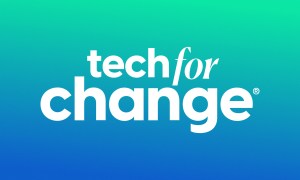
If you’re looking for the latest in sustainable energy, cast your eyes in the direction of Lancaster, California, where a new green hydrogen SGH2 facility is in the works — with the promise of transforming thousands of tons of landfill garbage into hydrogen each year on a scale that no similar plant has done before.
Green hydrogen is now considered by all major countries, including the G20, as the leading energy carrier for replacing oil for the transport industry, natural gas for the heating and power industry, coal for heavy industries like cement and steel mills, and as a valuable ally to wind and solar power. The problem, to date, is that hydrogen is made using an expensive process that works out at around $10 per 13 kilos of hydrogen.
“What is exciting about our technology, and the Lancaster project, is that we can produce green hydrogen four to five times cheaper than other green hydrogen, and is cost-competitive with the cheapest hydrogen made from fossil fuels,” Robert Do, SGH2 Energy president and CEO, told Digital Trends. “We have solved the biggest barrier to decarbonizing these hard to abate sectors: Cost.”
Do continued: “What is even more exciting is that we can also help fix our broken recycling industry by using massive amounts of recycled materials, which no longer have a market because China has banned their import, to produce a zero-carbon fuel — and thereby creating a sustainable circular economy.”
SGH2’s unique gasification process employs a “plasma-enhanced thermal catalytic conversion” method in which plasma torches operating at an extremely high temperature (3,500 to 4,000 degrees Celsius) is used to disintegrate waste into its molecular compounds. These compounds bind into a hydrogen-rich biosyngas that’s free of tar, soot and heavy metals. This syngas then goes through a centrifugal system, before carbon, particulates and acid gases are removed. The end result is high-purity hydrogen, along with a minute quantity of biogenic carbon dioxide, which is not additive to greenhouse gas emissions.
“All the green hydrogen produced by the Lancaster [plant] will be transported to the hydrogen refueling stations throughout Southern California to fuel both light-duty fuel cell cars and heavy-duty fuel cell buses,” Do said.
Provided all goes according to plan, the five-acre facility is due to break ground in the first part of 2021 and be up and running by 2023.


